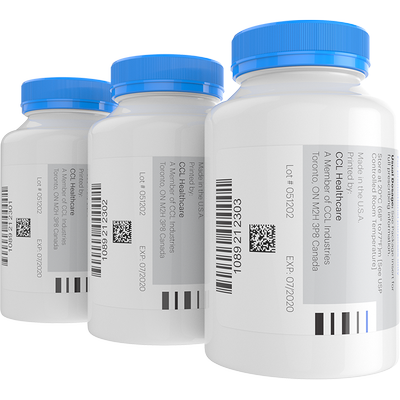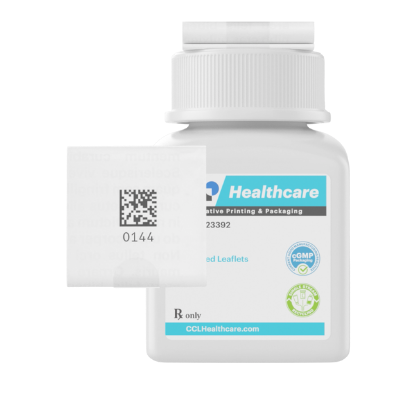Serialization of Pharmaceutical Products
Pharmaceutical serialization is the process of assigning a unique identification code to each individual package or unit of medication. This identification code allows the package to be tracked through the entire supply chain, from the manufacturer to the pharmacy or hospital. Serialization for pharmaceutical packaging has become increasingly important in recent years due to concerns about drug counterfeiting, diversion, and theft.

Counterfeit drugs are a growing problem worldwide. According to the World Health Organization (WHO), up to 30% of drugs sold in developing countries are counterfeit. These drugs often contain ineffective or harmful ingredients and can lead to serious health problems or even death. Diversion and theft of drugs also pose a significant risk to public health, as they can end up in the wrong hands or be resold on the black market.
How Pharmaceutical Serialization Helps
Pharmaceutical serialization can help combat these problems by providing a means of tracking individual packages throughout the supply chain. This allows manufacturers, distributors, and regulators to identify and remove counterfeit or stolen drugs from the market before they reach patients. It also helps to ensure that medications are stored and transported properly, reducing the risk of spoilage or degradation.


The process of pharmaceutical serialization typically involves printing a unique code or number on each package or unit of medication. This code can be in the form of a barcode, QR code, or other machine-readable format. The code is then linked to a central database, which tracks the package’s movements through the supply chain. This allows authorized parties to verify the authenticity of the product and ensures that it has not been tampered with or diverted.
Pharmaceutical serialization is now required by law in many countries, including the United States and European Union. In the US, the Drug Supply Chain Security Act (DSCSA) requires all prescription drug packages to bear a unique product identifier by November 27, 2023. The EU has also implemented similar regulations under the Falsified Medicines Directive (FMD).
Implementing pharmaceutical serialization can be a complex and costly process, requiring significant changes to supply chain processes and information technology systems. However, the benefits of serialization for pharmaceutical packaging, such as improved patient safety and reduced risk of drug counterfeiting, make it an important investment for pharmaceutical companies and other stakeholders.
In conclusion, pharmaceutical serialization is a critical component of drug safety and supply chain integrity. It provides a means of tracking individual packages of medication throughout the supply chain, reducing the risk of drug counterfeiting, diversion, and theft. While implementing serialization can be challenging, it is necessary to ensure the safety and efficacy of pharmaceuticals and protect public health.